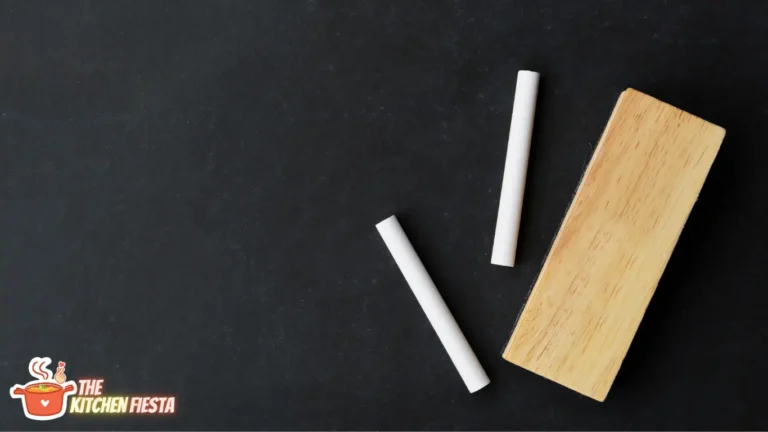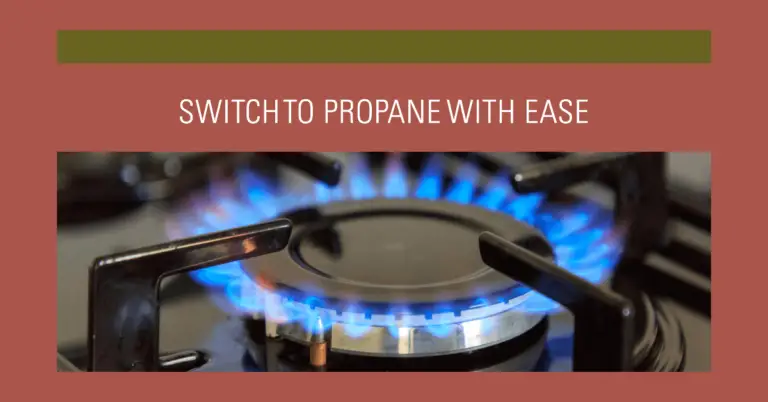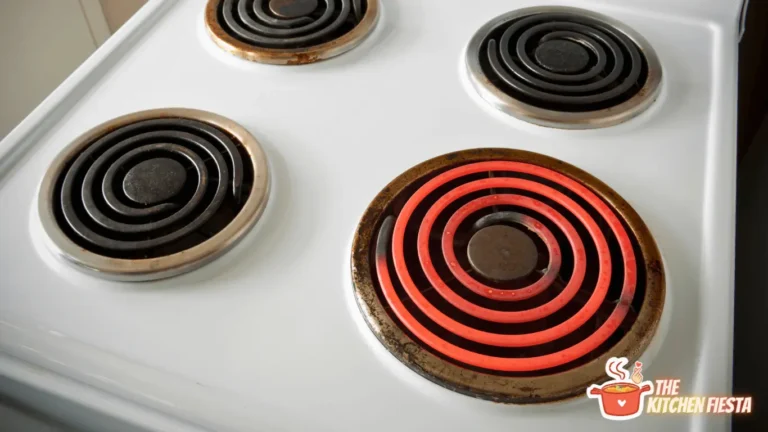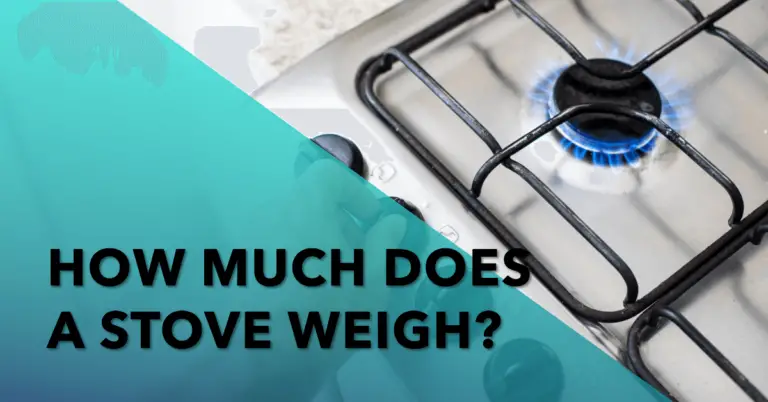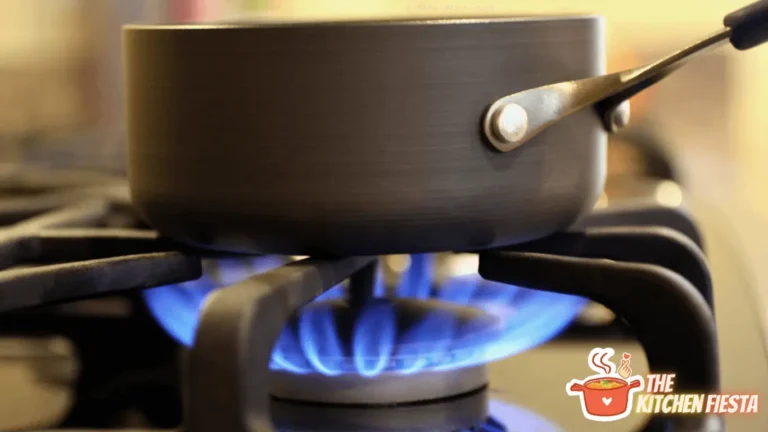How to Season Cast Iron Grates on a Gas Stove?
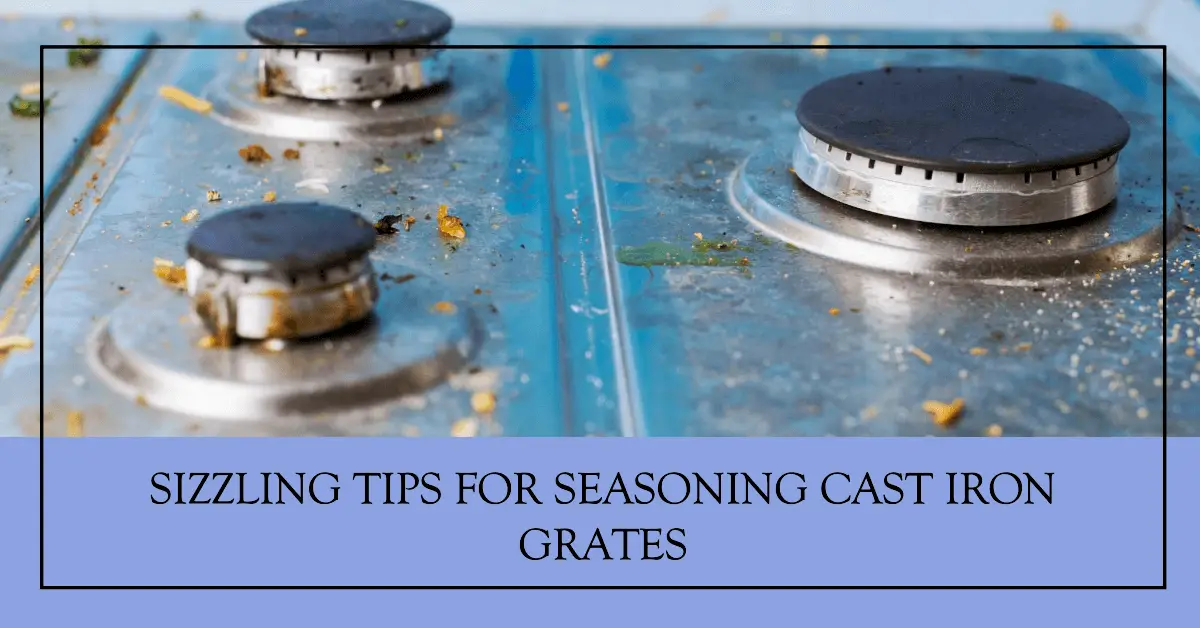
Do you love cooking on your gas grill during the summer but find your cast iron grates always end up coated with stuck-on food that’s nearly impossible to remove? Or perhaps your grates have started to show signs of rust after being exposed to the elements? Properly seasoning your cast iron grates is the best way to prevent these problems and create the ideal non-stick cooking surface.
But how exactly do you season cast iron grates properly?
The process involves just a few simple steps – cleaning, oiling, and heating the grates to polymerize the oil into a protective coating. With the right technique, you can give your grill or stove grates a naturally non-stick surface that prevents rust and makes cooking and cleaning much easier.
In this comprehensive guide, we’ll cover everything you need to know about seasoning cast iron grill grates, including:
- Why seasoning is so important for cast iron grates
- Step-by-step instructions for cleaning and seasoning
- Tips for achieving the perfect seasoning
- Common mistakes to avoid
- How to maintain the seasoning over time
- FAQs about seasoning and caring for cast iron
If you want your gas grill or gas stove grates to achieve non-stick perfection, let’s get started!
Why Proper Seasoning is Crucial for Cast Iron Grates
Cast iron has been a popular cooking material for centuries, prized for its durability, heat retention, and natural non-stick surface when properly seasoned. The grates on your gas grill or stove are likely made from cast iron if they have a dark, matte finish.
But what exactly is “seasoning” and why does cast iron require it?
Seasoning is the process of treating cast iron with oils or fats and heating it to create a natural, non-stick coating. This polymeric coating prevents foods from interacting with the bare iron, which could corrode the metal and impart metallic flavors. Seasoning also gives cast iron its signature slick, dark surface.
For grill grates and stove grates made from cast iron, seasoning serves several important functions:
- Prevents rusting and corrosion – Bare cast iron is prone to rust when exposed to moisture, which can quickly damage grates. Seasoning seals and protects the iron.
- Creates a non-stick surface – The seasoned coating prevents food from sticking to the grates as you grill or cook.
- Improves cooking performance – Seasoned cast iron grates have excellent heat conduction and retention for fast, even cooking.
- Makes cleaning easier – Food won’t bake on and stubborn stains wipe away easily.
- Enhances flavors – Seasoning gives foods a distinctive taste.
- Allows for high heat cooking – Properly seasoned cast iron can withstand very high heat.
As you can see, seasoning is essential for getting the most out of cast iron grill grates or stove grates. It takes some initial effort but the rewards are well worth it!
Pre-Seasoning Prep: Cleaning and Drying the Grates
Before you can start building up that protective seasoning layer, it’s important to thoroughly clean and dry the grates first. Here are the steps:
Remove Gunk and Baked-On Food
- If the grates are still warm, allow them to cool completely first to avoid burning yourself.
- Use a plastic or wooden scraper to loosen any chunks of food stuck to the grates. Avoid abrasive scrub pads or metal tools that could remove the existing seasoning.
- Make a paste of baking soda and water and apply to stubborn spots. Let it sit for 15 minutes before scrubbing. Baking soda is mildly abrasive without being too harsh.
- For really stubborn gunk, simmer the grates in a mixture of 1 part white vinegar and 2 parts water for 15-30 minutes to help loosen it up.
Wash with Hot, Soapy Water
- Place the grates in the sink and cover with hot water and a few drops of dish soap. Let them soak for at least 30 minutes, using a grill brush or plastic bristle brush to gently scrub away any residue.
- Avoid using too much soap and don’t let the grates soak for too long, as soap can damage the seasoning.
- For gas grill grates, a pressure washer on a low setting can help blast away cooked-on grease after soaking. Just be careful not to remove too much seasoning.
Rinse and Dry Thoroughly
- Rinse the grates very well with clean water to remove any lingering food, grease or soap residue.
- Dry the grates completely with clean paper or cotton towels. Any moisture left behind could interfere with the seasoning process.
With squeaky clean grates, you’re ready for seasoning!
Step-by-Step Guide to Seasoning Cast Iron Grates
Seasoning cast iron is a simple 3 step process: oil, heat, repeat. Here’s exactly how to do it:
Step 1 – Apply a Thin Layer of Oil
- Coat the entire surface of the grill or stove grates with a thin layer of high smoke point cooking oil. Canola, vegetable, grapeseed or refined avocado oils are ideal choices.
- Use an oil-dampened paper towel to rub the oil evenly over every spot, including edges and hard to reach areas.
- Wipe away any excess oil so just a micro-thin layer remains on the metal. Pools of oil can lead to sticky spots.
Step 2 – Heat the Grates
- For gas grill grates: Preheat your grill to its lowest temperature setting, around 200°F. Place grates oiled-side-down over indirect heat. Close the lid.
- For gas stove grates: Preheat your stove to a low-medium setting, around 300°F. Place oiled grates directly on the burners.
- Heat the oiled grates for 30-60 minutes to polymerize the oil into a solid, protective coating. Slow heating opens the iron’s pores to accept the seasoning. You may see some smoke at first as the oil burns away.
Step 3 – Cool and Repeat
- When the heating time is up, turn off the heat source and let the grates cool completely.
- Once cool, wipe away any excess oil with a clean towel. The grates should feel noticeably smoother.
- To build up a thicker seasoning layer, repeat the oiling and heating process 2-3 more times.
And that’s it – with just a few rounds of oiling and heating, you’ll give your cast iron grates a perfect non-stick seasoning!
Tips for Achieving the Best Seasoning Results
Following the steps properly is key to getting that slick, resilient seasoning to stick. Keep these tips in mind:
- Use the right oils – Stick to those with high smoke points to polymerize well without burning. Flaxseed oil is a popular choice but requires many repeated coats.
- Fully dry the grates – Ensure no moisture remains before oiling or it could cause the seasoning to strip or flake.
- Apply very thin coats of oil – Too much oil can lead to stickiness and uneven heating. Wipe it on as thinly as possible.
- Remove all excess oil – Any oil pools or puddles that don’t get converted to polymerized seasoning will go rancid over time and need re-seasoning.
- Heat low and slow – Slow heating opens the pores in cast iron and allows the oil to absorb fully to convert to polymer. Avoid high heat.
- Let grates cool before reapplying oil – Ensure previous coats of seasoning have cooled fully before adding another layer. Hot oil can become gummy.
- Repeat the process – Most grates need 3-5 rounds of oiling and heating to build up an optimal nonstick seasoning coat. But don’t overdo it.
Follow these tips and your cast iron grill and stove grates will soon be enjoying non-stick perfection!
How to Maintain the Seasoning Over Time?
The initial seasoning process is just the beginning – keeping that non-stick coating intact requires proper care and maintenance:
- Re-oil and heat the grates after every few uses to reinforce the seasoning. The more you use them, the better the seasoning will become.
- Avoid abrasive brushes or cleaners when cleaning seasoned grates, as they can gradually strip away the coating.
- Don’t let soap or water sit on the grates for extended periods. Quick cleaning is best.
- Immediately re-season any spots if you notice the seasoning wearing thin or rust appearing. Catch it early.
- Avoid cooking overly acidic foods like tomatoes, which can break down seasoning over time.
- Store grates indoors if possible when not in use to limit rust-causing moisture.
With the proper care and maintenance, your seasoned cast iron grill and stove grates will provide years of high-performance cooking and easy clean-up!
Common Seasoning Mistakes and How to Avoid Them
It can take a few tries to master the art of seasoning cast iron. Watch out for these common pitfalls:
- Using the wrong oil – Stick to high smoke point neutral oils. Butter, olive oil and flaxseed oil are not ideal for initial seasoning.
- Uneven heating – Slow, even low heat allows the oil to fully absorb. Hot spots can damage the coating.
- Heating too quickly – Slow heating opens the pores in the iron; high heat too soon can make oil sticky.
- Applying too much oil – Excess oil leads to tacky, uneven results. Wipe on as little as possible.
- Not removing excess oil – Any oil pools left behind can go rancid over time. Wipe it all away before heating.
- Rushing the process – It takes multiple thin layers to build up a good seasoning. Patience pays off.
- Allowing rust – Scrub away any rust immediately and re-season to protect the iron underneath.
- Using soap on hot grates – Only use soap on cooled grates, and rinse it away fully to prevent damage.
Avoid these common pitfalls, and your cast iron grill and stove grates will develop that ideal non-stick patina in no time!
Frequently Asked Questions about Seasoning Cast Iron Grates
Here are answers to some common questions about seasoning grates:
How often do I need to re-season the grates?
Re-apply a fresh coat of oil after every 3-5 uses to maintain the seasoning. How often depends on how heavily you use the grates.
What type of oil works best for seasoning?
High smoke point neutral oils like canola, vegetable, grapeseed or refined avocado oil work best. Avoid olive oil, butter and flaxseed oil for initial seasoning.
Is it safe to cook on freshly seasoned grates?
Yes, once the oil has fully polymerized from heating, the grates are safe to use immediately. The coating will improve over time.
What causes my grates’ seasoning to fail?
Soap residue, excess moisture, over-scrubbing, high heat cooking and acidic foods can all gradually break down the protective coating.
Do I need to season brand new grates?
Yes, new cast iron grill and stove grates still need seasoning from scratch to create a non-stick coating, even if pre-treated.
Proper seasoning really comes down to using the right oil, heating thoroughly, maintaining the coating, and avoiding damage – follow the tips above and your grates will be in great shape for years of cooking!
Get the Most Out of Your Gas Grill with Perfectly Seasoned Grates
Maintaining your cast iron grill grates through regular seasoning pays dividends in the long run. You’ll enjoy:
- Grates with a natural non-stick surface for effortless cooking
- No more scrubbing at stuck-on food residue
- Rust-free grates that hold up beautifully for many seasons
- Better heat conduction and retention for fast searing
- That signature cast iron cooking performance
- Simple grill maintenance and easy clean-up
All it takes is a little time invested upfront in perfectly seasoning your grates, and some basic care to maintain that seasoning over time. Follow this guide and you’ll be rewarded with grill grates that perform like a dream.
So equip yourself with a stiff grill brush, high smoke point oil, and your grilling gloves. Prepare to enjoy the smoothest, most beautifully seasoned cast iron grill grates you’ve ever cooked on. Your tastebuds will thank you!
Now get out there, seasoning warriors – it’s time to grill.

